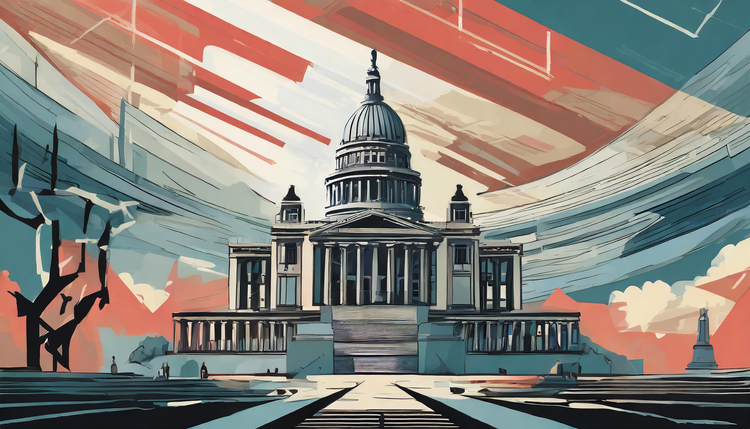How Population Trends
Did you know that Singapore is 200 times denser than the United States and 2000 times denser than Australia?
Of the nearly 9 billion people in the world, almost one-third live in China and India — two countries with the most polluted cities in the world.
Historically, population trends shifted very slowly and then very quickly.
Between 10,000 BCE and 1700, the average annual population growth rate was 0.04%.
In 1700, there were roughly 600 million people worldwide. By 1800, that number had increased to almost a billion.
Then things really got moving.
By the 1920s, population worldwide had reached two billion. Over the next thirty years, the world added another billion people.
It took only twelve years — from 1975 to 1987 — to add another billion people. And another twelve — from 1987 to 1999 — for the world’s population to reach six billion.
Global population growth peaked in the 1960s. Since then, it has decreased by half. The United Nations expects population growth to decelerate significantly in the coming decades.

Why does any of this matter?
The fundamental idea in economics is that people have limited resources but unlimited wants. This savage tension creates the conditions for scarcity.
The population explosion — starting in about 1800 — went hand in hand with industrialization. Both have consumed the planet’s limited resources at a ravenous pace.
Although growth is slowing, eight billion people still need natural and man-made resources. Climate change, industrialization, and mass consumption are making potable water, farmable land, and replenishable food sources more scarce.
Unless we calibrate resources and demand, rising demand for all – together and urgently – will create hellish conditions in most parts of the world.





